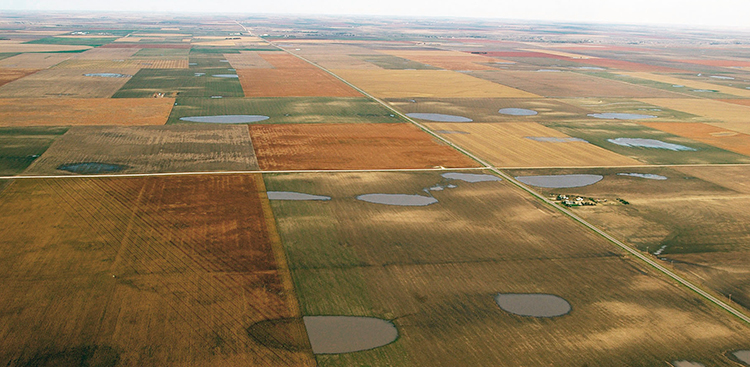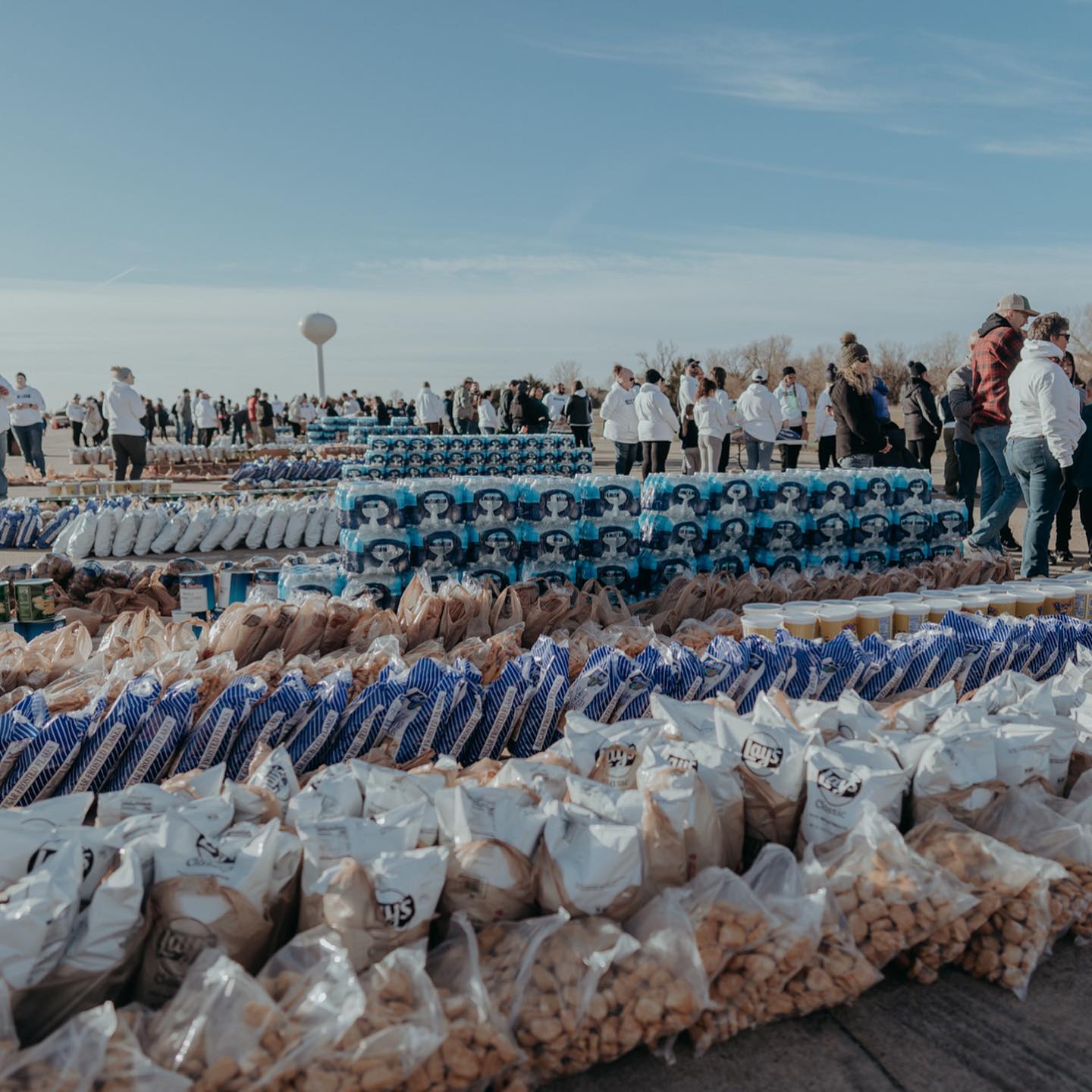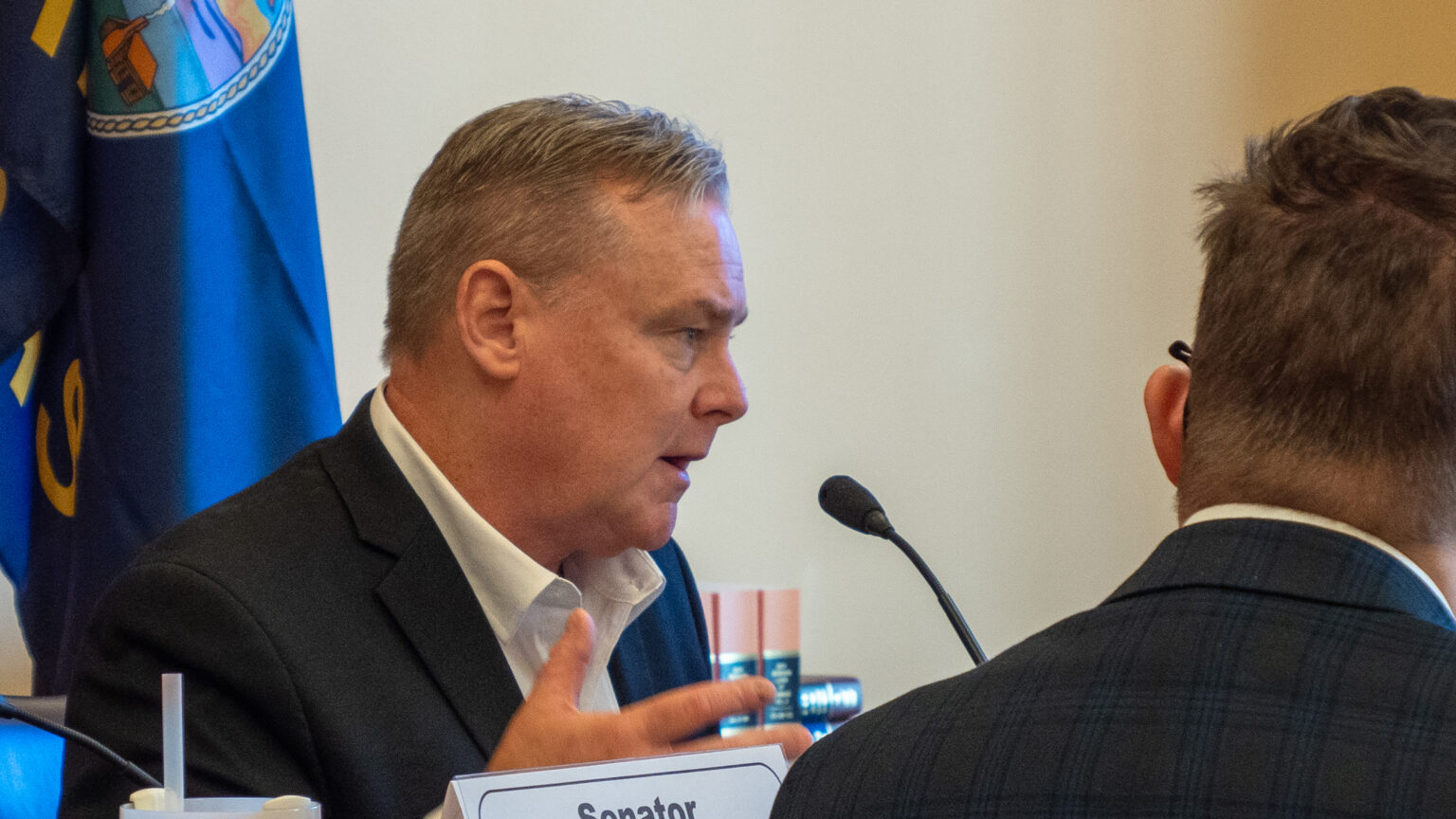Shallow depressions that hold water from rainfall and runoff to create small temporary lakes called playas dot the western Great Plains. When full, they’re transformed into mini-wetlands that are home to a variety of plants and wildlife not normally found in the region. They also serve as areas of recharge, meaning a portion of the collected water makes its way into the High Plains aquifer that underlies much of western Kansas and parts of seven other states.
But many playas on agricultural land, including 80% of the more than 22,000 playas in western Kansas, have been plowed and planted over. The effect that farming playas has on their ability to contribute to recharge of the aquifer is unknown.
 A new project led by the Kansas Geological Survey in collaboration with the University of Waterloo, Kansas Biological Survey and the University of Minnesota-Mankato will study the interaction between agriculture and playas to improve understanding of how farming playas affects recharge rate and associated issues. The U.S. Environmental Protection Agency, through the Kansas Water Office, has awarded $270,000 in funding to support the two-year project.
A new project led by the Kansas Geological Survey in collaboration with the University of Waterloo, Kansas Biological Survey and the University of Minnesota-Mankato will study the interaction between agriculture and playas to improve understanding of how farming playas affects recharge rate and associated issues. The U.S. Environmental Protection Agency, through the Kansas Water Office, has awarded $270,000 in funding to support the two-year project.
“Farming often increases playa sedimentation, which reduces the volume of water a playa basin can hold as well as changing the soil structure,” said Tony Layzell, KGS assistant scientist who will oversee the project. “It’s possible these combined effects reduce recharge rates, thereby reducing the amount of water entering the High Plains aquifer.”
Understanding recharge is crucial to understanding the health of the aquifer, especially in dry western Kansas where nearly all water used for cities, industry and agriculture is pumped from the High Plains aquifer. Since the 1950s, when large amounts of water began to be drawn out of the aquifer, mostly for irrigation, some areas of western Kansas have seen significant water-level declines.
“Western Kansas receives so little rainfall that recharge can’t keep up with pumping demand,” Layzell said. “Our study will provide information as to whether conserving or restoring playas could play a role in helping to reduce aquifer water-level declines.”
Previous research by Randy Stotler, adjunct researcher and a lead scientist on the project, has shown that playas function as areas of focused recharge to the aquifer. The new study will add to researchers’ understanding of the relationship between playas and the aquifer.
The playa project is centered in Groundwater Management District 1, where water levels have declined nearly 11 feet since 1996, according to a KGS monitoring project. GMD1 includes parts of Wallace, Greeley, Wichita, Scott and Lane counties. Results will likely be applicable across western Kansas, Layzell said.
Playas selected for the study will span a range of characteristics, including farmed and not farmed, irrigated and not irrigated, varied sizes and depths to the aquifer, and different degrees of sedimentation. Researchers will analyze water chemistry and soil samples and inventory plant and animal life in and around each playa.
They also will collect cores — sections of rock and sediment obtained by drilling — from selected playas. The cores will undergo in-depth analysis of factors such as sediment depth and soil structure that will improve understanding of the interactions among the playa, agriculture and the aquifer. Chemical tracers and specialized instruments will help researchers determine how much of the water collected in a playa makes its way into the aquifer.
Together, the information gathered during the project will help researchers estimate cumulative recharge for the playas studied and model the wider effects of farming playas on aquifer recharge in GMD1 and beyond.
“The goal is to provide scientific information to landowners and resource managers so they can target limited resources for conservation and restoration efforts,” Layzell said.
The study also will examine the economic value of farmed playas compared to non-playa farmland.
“Anecdotal evidence suggests that crop yields on cultivated playas are lower compared to yields on non-playa farmland,” Layzell said. “The question is, are the costs of farming the playa greater than the potential profit for the farmers? Knowing the answer may help landowners determine whether their playa land is more valuable when left undisturbed.”
A number of federal and state agencies and private conservation organizations support the goals of the project and believe the data gathered by the project team will have wide-ranging benefits for addressing natural resource and conservation issues. The Playa Lakes Joint Venture, Kansas Department of Health and Environment, Kansas Department of Wildlife, Parks and Tourism, U.S. Fish and Wildlife Service, Kansas Alliance for Wetlands and Streams, Ducks Unlimited, Kansas Forest Service, GMD1, Kansas Department of Agriculture, Division of Conservation, the Nature Conservancy and the U.S. Department of Agriculture have all expressed support for the project.
Project staff are working with landowners to gain access to about 15 playas in GMD1 for this study. They plan to collect core and begin field assessments this summer.



